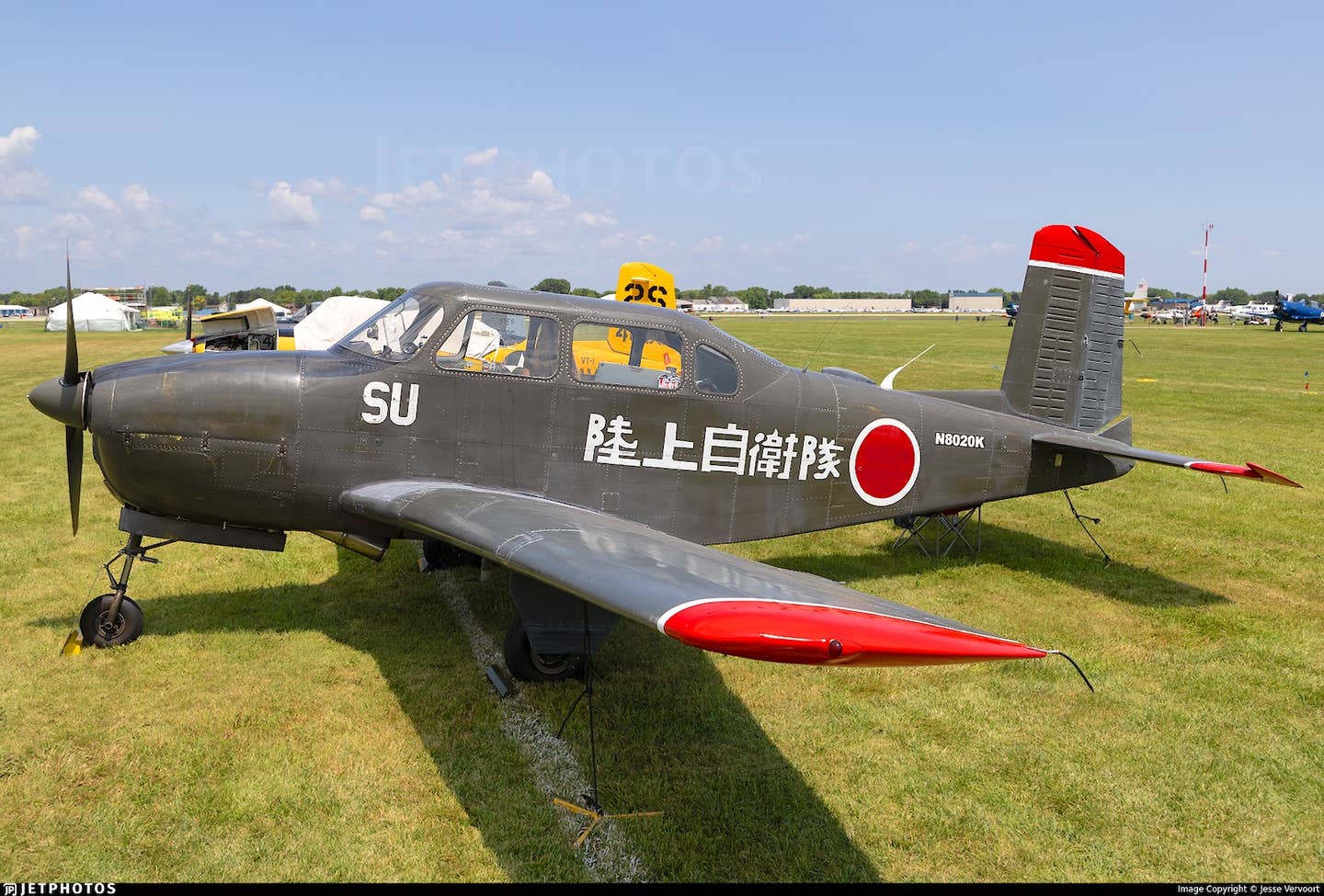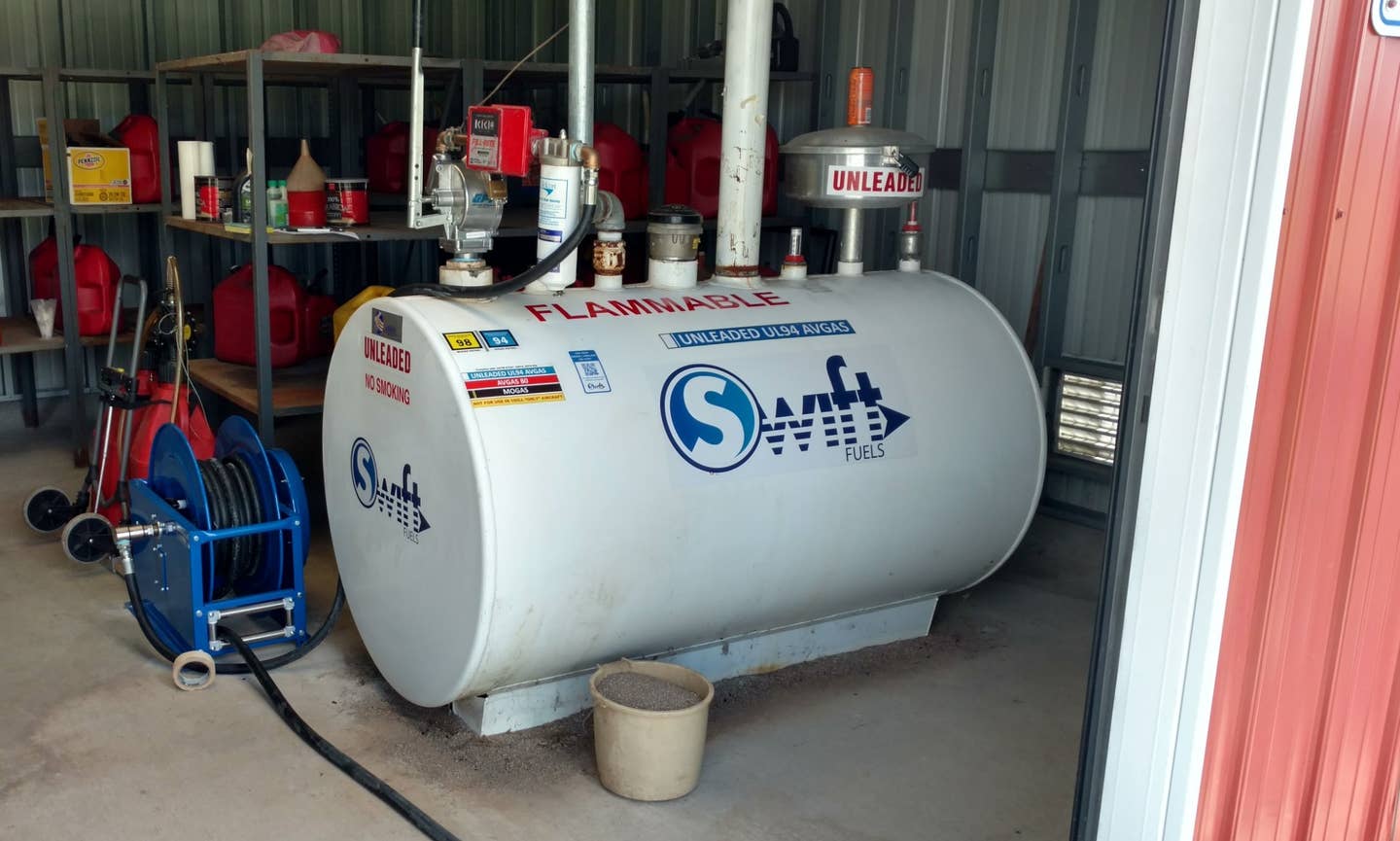Insuring the Professionally Managed Aircraft: A Candid Discussion of Fleet Policies
If you buy a plane and then put it on the flight line at a flight school or charter outfit — or have it operated by an aircraft management company — who takes out the insurance policy? The answer is different depending on several factors you may not have thought about.
CS&A Aviation Insurance(This article originally appeared in Aviation Insurance & Risk Management, Fall 2005)
In the aviation insurance business we see many companies and individuals consider the purchase of "corporate" aircraft. For purposes of this discussion, I am referring to seven- to 15-seat, cabin-class piston twins or large singles, turboprops, and jet aircraft like Piper Navajos, Twin Cessnas, King Airs, Citationjets, Hawkers, Gulfstreams and similar models. These aircraft are typically flown by professional pilots for the purpose of transporting the owner and/or the owner's employees and guests on personal and business trips.There are many issues associated with the purchase and ownership of these large, complex aircraft. Full- or part-time pilots must be recruited, screened, hired, trained, and retained. A maintenance shop or mechanic has to be set up to keep up with the myriad of maintenance issues and the associated complex and important maintenance record-keeping requirements. Arrangements have to be made for the storage of the aircraft in a hangar. Office space must be provided for the personnel who work with the aircraft. Fuel prices must be negotiated. Navigational charts and subscriptions must be maintained. These are daunting tasks for a new owner who may or may not even have previous experience with airplanes of any kind. Almost certainly, time and resources spent "managing" a corporate aircraft are time and resources that are not available for the aircraft owner's core-business ventures.
In recent years many "Aircraft Management Companies" have been formed to provide pilot services, maintenance, hangar storage, aircraft scheduling, logbook management, and other services to aircraft owners. Management companies act like outsourced flight departments. Typically, they employ the pilots and arrange the maintenance or perform it themselves with in-house mechanics. In many cases, management companies and owners enter into leaseback arrangements where the manager operates the owner's aircraft to provide commercial, on-demand charter services, allowing increased equipment utilization and some possible tax benefits. The aircraft owner takes a percentage of the charter revenue from each trip, which helps to offset the cost of ownership.Aircraft management companies market themselves as aircraft experts. From an owner's perspective, their contacts and experience in the aviation world are indeed valuable commodities. In some cases this includes a direct relationship with an insurance agent or underwriting company and a level of experience with administration of aviation insurance policies.
The Fleet Policy
As an insurance agent specializing in the placement of aviation risks, I am often asked by aircraft management companies to help place a "fleet policy" to include the aircraft the manager handles -- or frequently, aircraft the manager wants to handle. Just what is a fleet policy? Like many things, this concept has many definitions. Here's mine:With a true fleet policy, the aircraft management company holds an insurance policy under which all of its customers' airplanes are insured. The named insured on the policy is the aircraft management company, affording them the rights and duties of policy administration, payment of premium, reporting of losses, etc. Each aircraft owner is recognized as such and is also protected as an insured for liability and as a loss payee with respect to payment for physical loss to his or her particular aircraft.
Single-Policy Advantages
The advantages to this arrangement can be many. Most importantly, all of the aircraft are handled by a single insurance agent and insured by one underwriting company with a single set of policy terms and conditions. Placing all of the aircraft that a manager operates on a single policy can lead to advantages other than lower premiums.
Underwriters prefer to insure the aircraft operator.
Insurance contracts require that the aircraft be operated in accordance with certain terms and under certain conditions. In cases where an aircraft owner contracts with a professional aircraft management company to operate, maintain, and store the airplane, underwriters generally prefer to draw their contract with the entity that actually operates the airplane on a day-to-day basis rather than the owner.
A fleet of aircraft is often more attractive to an underwriter than a single aircraft.
While there is certainly some "economy of scale" benefit to a large policy with multiple aircraft, the real key to obtaining the very best premium rating is to make the risk attractive to the various insurance companies, creating competition for the business.Most companies have "broad form" policies that often are available only to policyholders who meet certain criteria. While a single aircraft may not qualify the risk for the best terms, a fleet often will.
Underwriter familiarization promotes favorable terms.
Once the agent helps the underwriter understand the "big picture," accommodations can often be made for pilot training that may save all the aircraft owners in pilot training costs.A single insurer handling all of the management company's business means that an underwriter can get to know the individuals and the operation. These relationships minimize the need to re-educate insurance companies about their operation many times each year and lead to more favorable treatment.
Easy to add and delete aircraft from the policy without "short rate" penalties.
Many companies apply a penalty for canceling a policy early. With a fleet policy, the policy actually remains in force even when an individual aircraft is deleted. The removal of one aircraft is usually given a pro-rata deletion and the entire unused premium is returned to the policyholder.
One contact for the manager and owners helps prevent inadvertent policy violations.
Any time an aircraft manager is forced to abide by an insurance policy that he did not put together, or in which he had minimal input, there is an increased risk of inadvertently doing something that could void coverage. This problem is compounded by the fact that the aircraft manager may not have much contact with the agent who administers the policy. Or, the agent may not be an aviation specialist and may not realize some of the nuances of aviation insurance policies as they relate to aircraft managed and operated by someone other than the aircraft owner. Furthermore, if the manager provides services to more than one aircraft owner, each with his/her own unique policy provisions and agency contacts ... you see where this is going. A single policy solves this problem for the manager.
One contact streamlines policy administration.
It is important that an aircraft manager has a direct and familiar line of communication to the underwriting company. The aircraft manager is in charge of the day-to-day administration of the aircraft insurance policy, including the authority to make changes to the policy as necessary. The manager will often address issues that an owner may not realize are important.
Single-Policy Pitfalls
Obviously, a fleet policy can provide some advantages when insuring multiple aircraft commonly operated by a management company. Along with these advantages, however, come some disadvantages and some pitfalls.
Surrender of the owner's control
A fleet policy means that the aircraft management company, not the aircraft owner, controls the insurance placement. The manager selects the agent, negotiates terms and chooses the limits of coverage. The owner must trust the manager to responsibly protect his assets from loss and liability.
Dilution of limits
The aircraft owner and the aircraft management company share liability protection under a fleet policy. While the policy treats the owner and manager separately with respect to legal defense costs and will pay sums awarded due to the negligence of either party, the most that is paid out is the liability limit stated under the policy for that aircraft. That limit is the maximum available to all insureds under the policy. This dilution of limits holds true whether the manager is an additional insured under a policy on which the owner is the named insured, or vice versa.
Loss administration
Again, this is a surrender-of-control issue. Most policies state that losses will be adjusted with the named insured -- the management company -- and are payable to those with a financial interest in the airplane. Aircraft owners must trust managers to negotiate settlements on their behalf. This is an advantage to the owner who lacks the skills to negotiate and supervise aircraft repairs.
Discount Myth
One of the biggest myths concerning fleet policies is the fleet discount. Many lines of insurance provide a discount matrix for adding multiple units. I have four cars on my car insurance policy and the rate per car is much better than when I had only one. They even show me a "multiple car discount" line item on my invoice. The same is not true with aviation policies. A company will not promise you X% discount for each additional aircraft added to the policy. Any premium savings is brought about by the competitive advantages of a large policy, not by any built-in discount mechanism. Aircraft should not be insured on a fleet policy unless the policyholder has some insurable interest in the aircraft and/or control of the aircraft as an operator or caretaker. Fleet policies shouldn't exist where only a loose relationship (or no relationship at all) exists between the policyholder and aircraft owner.
What Is Required For A Successful Fleet Policy?
There are many factors that can make a fleet policy package a success or a failure. Probably the most important factor is a strong aircraft management company that understands the insurance situation and can effectively convince its clients -- the aircraft owners -- that it can handle the insurance placement for their aircraft. The other components of success stem from this strength and the ability of the manager.The manager should employ a knowledgeable insurance agent to place the risk. The agent must be able to effectively market the risk to the entire underwriting community and develop a long-term strategy for the placement of the insurance program. Fleets often start small and may grow, shrink, and change over time. The agent must anticipate these changes and modify the placement and policy accordingly. The agent must also be able to help identify exposures and design an insurance package that protects not only the management company, but the aircraft owner's interests as well.Finally, success requires full disclosure and cooperation from all involved parties. Aircraft owners should be in the loop about how insurance will be handled. Managers -- and insurance agents -- should avoid making promises that cannot be kept (see "The Discount Myth" above) and be realistic about the advantages and benefits of the fleet policy.Aircraft management arrangements are certainly here to stay. The advantages they offer to aircraft owners, and ultimately the entire aviation industry, are substantial. If well administered, the fleet insurance policy can be yet another valuable service provided by an aircraft management company. Be sure to heed the cautions and take full advantage of the benefits. Your aviation insurance agent is an important component and should be there to assist you in the process from beginning to end.
Want to read more about aviation insurance issues? Check out AVweb's Insurance section.






